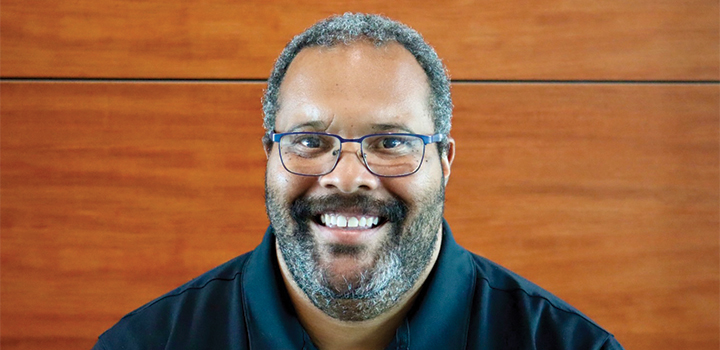In the November/December 2023 issue, Steven Moorman, the associate director of Fitness at the Arizona State University (ASU), shares advice on offering pickleball.
Can you share about the pickleball program at ASU?
SM: The pickleball program is relatively new to ASU. This past year we started the pickleball club at our Tempe campus for dedicated students looking to grow the game but also compete with other colleges. On our other campuses, we have introduced pickleball as an intramural sports program and also a way to build community by offering the game to those who want to come in and play recreationally.
Another big population we’re seeing grow on our campus is the amount of faculty and staff members who are now coming and playing alongside students.
Why is pickleball something campus rec professionals should consider offering?
SM: With pickleball, campus rec professionals can add a rising and inclusive sport that promotes a healthy lifestyle, social engagement and overall well-being. Pickleball provides an opportunity to diversify recreational programs and add to the evolving interests and needs of the campus community. Pickleball is very cost-effective and flexible as it has a court that can be created by repurposing an existing tennis or basketball court with minimal modifications. Additionally, the required paddles and balls are relatively affordable and easily accessible. Pickleball is easy to set up and organize social events and tournaments, and it’s a great addition to your intramural leagues.
How are you creatively generating revenue through pickleball at ASU?
SM: This past year we hosted a Super Bowl clinic where we saw people from all over the country come to see and play in our facilities. Also, we’re in the planning stages of hosting one of the largest pickleball indoor events, which will bring over 500 players. We also have had local players who are alumni and community members come and play pickleball indoors.
What benefits have you seen to the campus community since offering pickleball?
SM: Pickleball is often played in doubles, which encourages social interaction and teamwork. With the start of pickleball here at ASU, we saw an increase in students, faculty and staff connecting, forming new friendships, and building a sense of community. It’s been positive to witness students, campus leadership and even our facilities team bond through playing.
A second benefit I’ve seen is an increase in physical activity and a decrease in stress relief. Pickleball provides a fun and engaging way for individuals to stay active and improve their physical fitness. With a quick learning curve, individuals are able to pick up a paddle and play right away. This is especially beneficial to those who may feel intimidated by the sport, or fear their lack of athleticism and mobility might cause them to be unable to perform, join in and get some great exercise.
The last great thing about adding pickleball to our ASU community is we are seeing people continue to show up to our pickleball times and take a break from academic or work-related responsibilities, allowing participants to relax and recharge.
What advice can you give to others on bringing pickleball to campus?
SM: Determine the level of interest among students, faculty and staff. Conduct surveys, gather feedback and identify potential players. With pickleball being a popular new sport, I’m sure there is already interest on campus.
Next I would find someone on your team who has a passion for teaching and a willingness to share. What’s made our pickleball program grow is we have a staff who love to play pickleball but, more importantly, who are comfortable and confident to bring in new players and teach them the game.
Finally, emphasize the social aspects of pickleball by organizing social events, mixers or themed tournaments. Creating a sense of community will enhance the overall experience and encourage long-term engagement.










